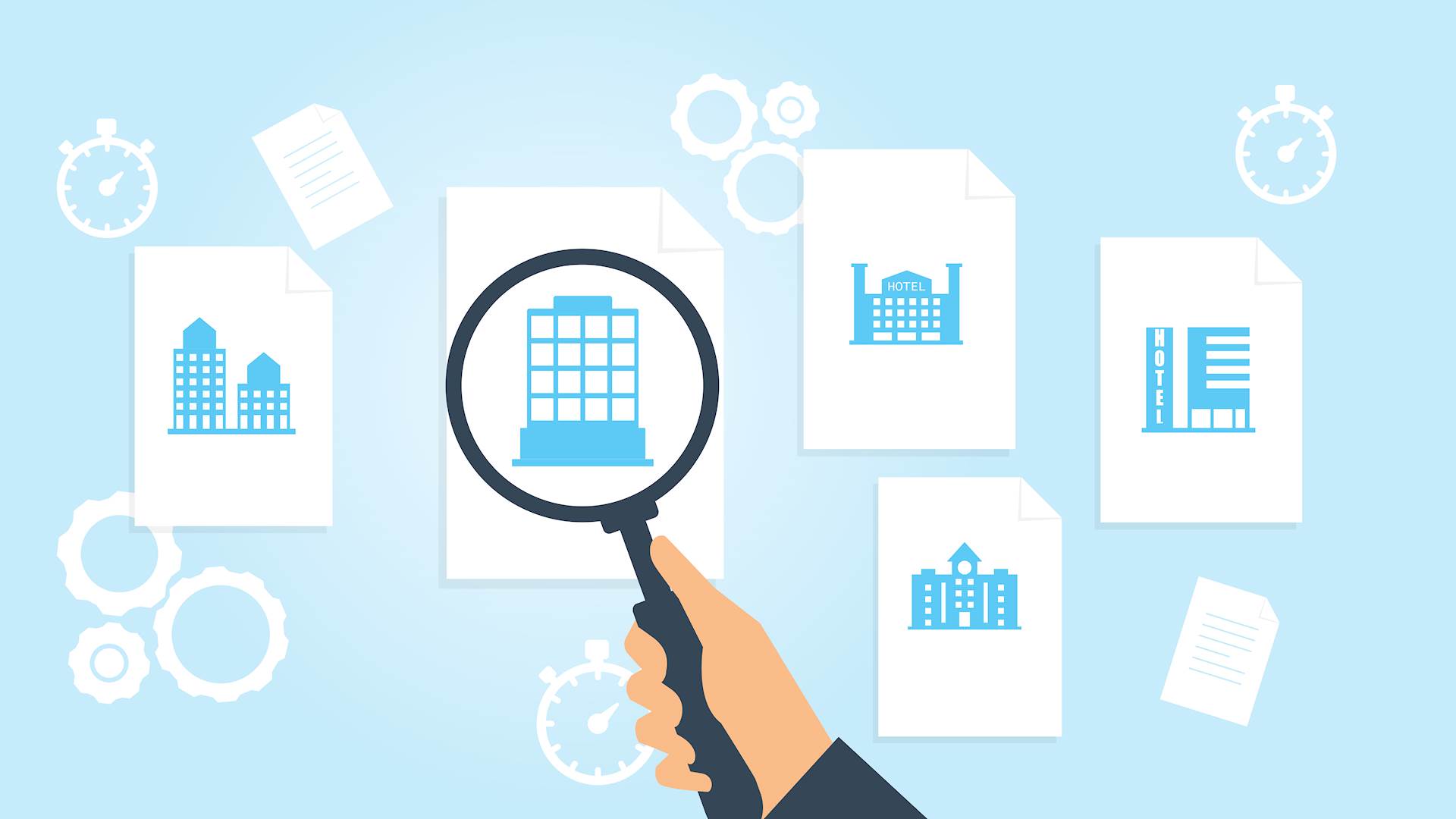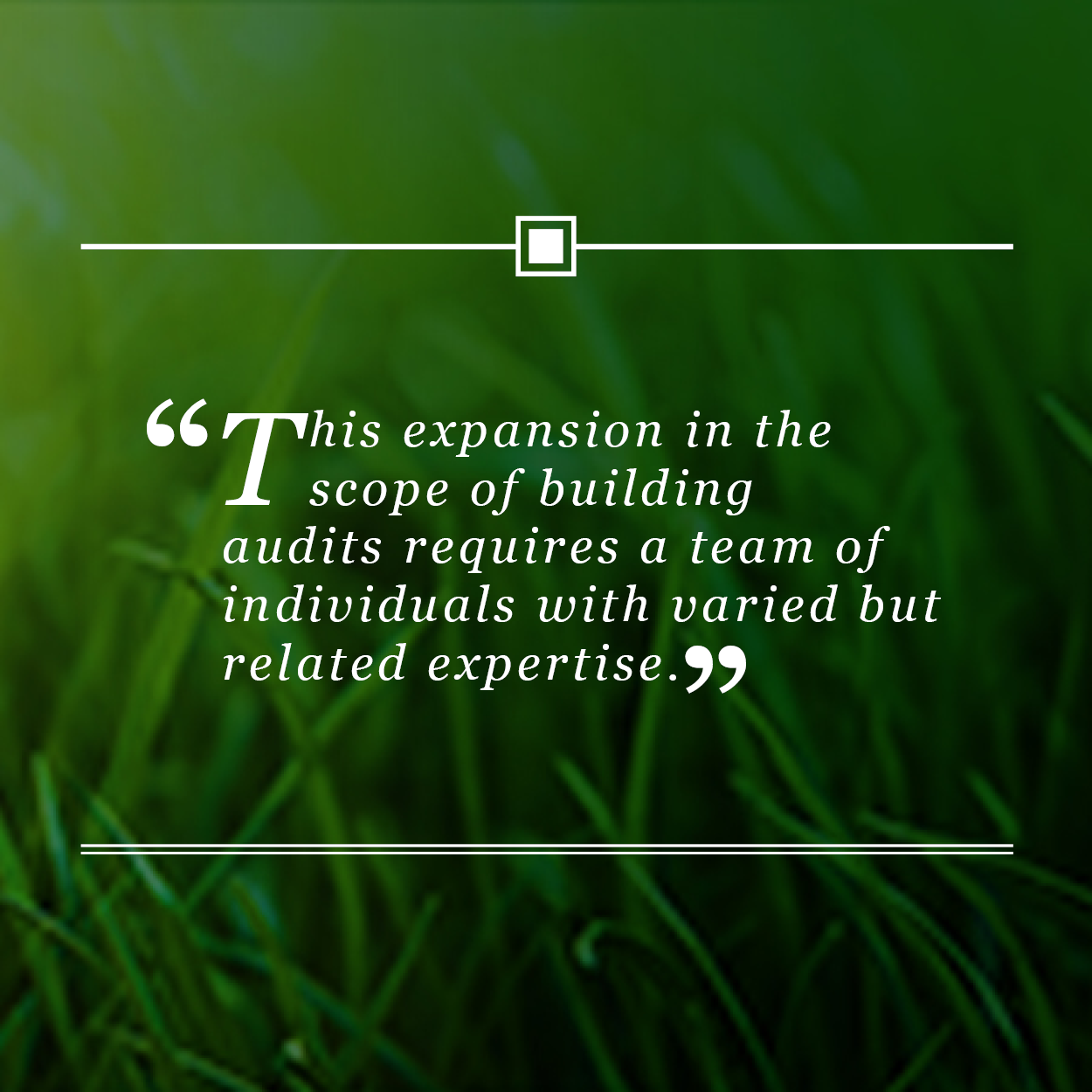 Auditing and strategic planning for buildings, their systems and their efficiency have long been an important part of the toolkit for decreasing energy demand and consumption. Typically, these audits were initiated to find operational savings in facilities, often through discrete measures affording attractive returns on investment.
Auditing and strategic planning for buildings, their systems and their efficiency have long been an important part of the toolkit for decreasing energy demand and consumption. Typically, these audits were initiated to find operational savings in facilities, often through discrete measures affording attractive returns on investment.
However, over the past several years, consultants have been asked to expand the scope of their auditing and assessment of existing buildings and their systems, based on a growing list of owner concerns and priorities. Beyond energy efficiency, these may include quantitative and qualitative concerns. Qualitative goals often include sustainability, resiliency, indoor environmental quality and security, while intangible benefits may include improved employee comfort, positive brand recognition and reinforced customer loyalty.
This requires the consultant team and the owner to accurately define the audit’s scope and the analyses for evaluating identified measures. Often, evaluations require more than quantitative calculations examining economic feasibility and payback. Analyses may need to assess the advancement toward goals and/or complying with codes or ordinances.
Government programs and corporate initiatives are driving the move to carbon neutrality or net zero carbon (different goals), net zero energy, water conservation and other goals related to the stewardship of Earth and its resources. Commitments to sustainability goals and targets require auditors to focus on these areas, with owners often seeking compliance with certification initiatives like LEED®, Green Globes or WELL.

Another issue at the top of many building owners’ and facility managers’ minds is resiliency. Extreme weather events and more utility interruptions, coupled with other threats to infrastructure, have increased the focus on resiliency for facilities and their systems. Consultants are asked to evaluate facilities’ vulnerabilities to a variety of hazards, from natural disasters to malicious attacks.
The COVID-19 pandemic increased attention on indoor environmental quality to public spaces, requiring a review of ventilation, filtration and air distribution systems. Before reoccupying buildings, many institutional and governmental clients commissioned “readiness” studies of their facilities to protect the occupants from the transmission of airborne viruses.
This expansion in the scope of building audits requires a team of individuals with varied but related expertise. Depending on the scope, the team may include commissioning providers; energy managers; design engineers; testing, adjusting and balancing contractors; sustainability consultants; and environmental health professionals. The team must be conversant with the latest incentives, rebates and funding opportunities. This may require engaging utility representatives and public governmental officials.
Collaboration and coordination between members of the team is crucial, especially because many recommendations may afford benefits addressing multiple concerns. In addition, often a broad range of goals compete for limited capital funds, requiring consultants and owners to develop a weighted algorithm to prioritize facility improvement opportunities.
As a multidiscipline professional services firm, Hanson has a number of dedicated design engineers, energy management professionals, commissioning agents and environmental and sustainability personnel. We have experience in assembling a synergistic, highly knowledgeable auditing team to comprehensively address our clients’ needs. For further information, contact Bill Bradford at bbradford@hanson-inc.com.